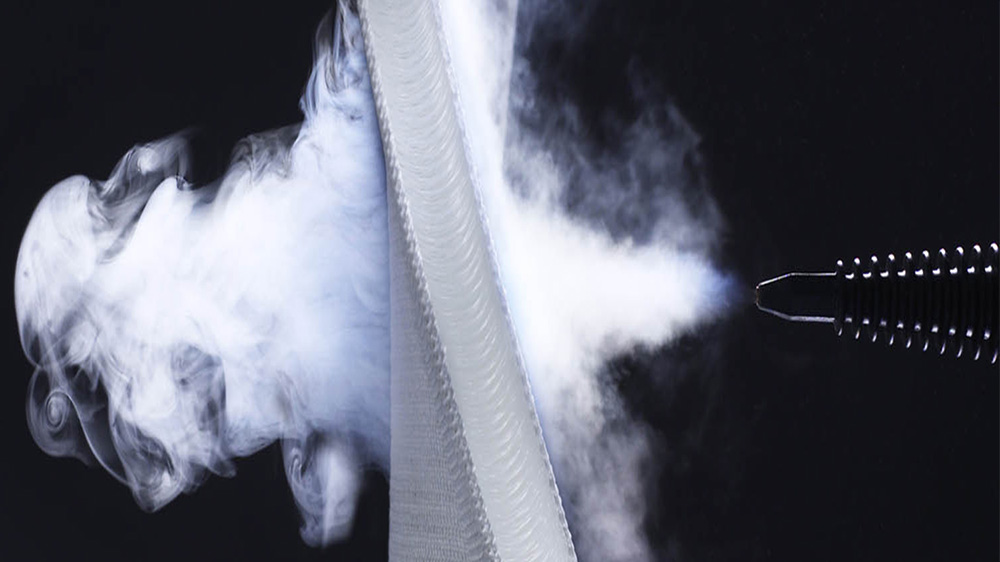
The project
Lightweight multidirectional 3D knitted seating for passengers in drone taxis.
THE CHALLENGE
The transport industry is evolving through new possibilities and textiles are playing a key role contributing with smart designs, durability, flexibility, comfort and low weight. Drone taxis will be a reality in a few years’ time, so why not be part of shaping the future?
THE SOLUTION
The Project will design and scale up a lightweight multi-directional 3D knitted seating concept for passengers in drone taxis providing maximum comfort within the tight constraints of a drone
taxi, through the characteristics of a multi-zone, adaptable suspension knit. The basis is knitting technology using biodegradable fibres including multi-zone knit construction varying elasticity.
They will create soft spacers volumes acting like foam to maximise comfort while seamlessly integrated in the whole knit process without the need of secondary materials or procedures.
No-waste production of the knit is a key element of the seat’s sustainability goal.
Storytelling
THE IDEA
ludekedesign has been designing seats for aircrafts for many years, and often worked with Greiner Aerospace, who suppled the cushions. Greiner had been working with Kobleder on creating a knitted fireblocking material for their foam. Based on our common experiences in the aircraft seating world, that a lot of compromise, expecially in economy class, was unecessarily taken in comfort, we had discussed approaching sitting comfort from a tabula rasa point of departure. When is a seat a seat? When a person sits in it.
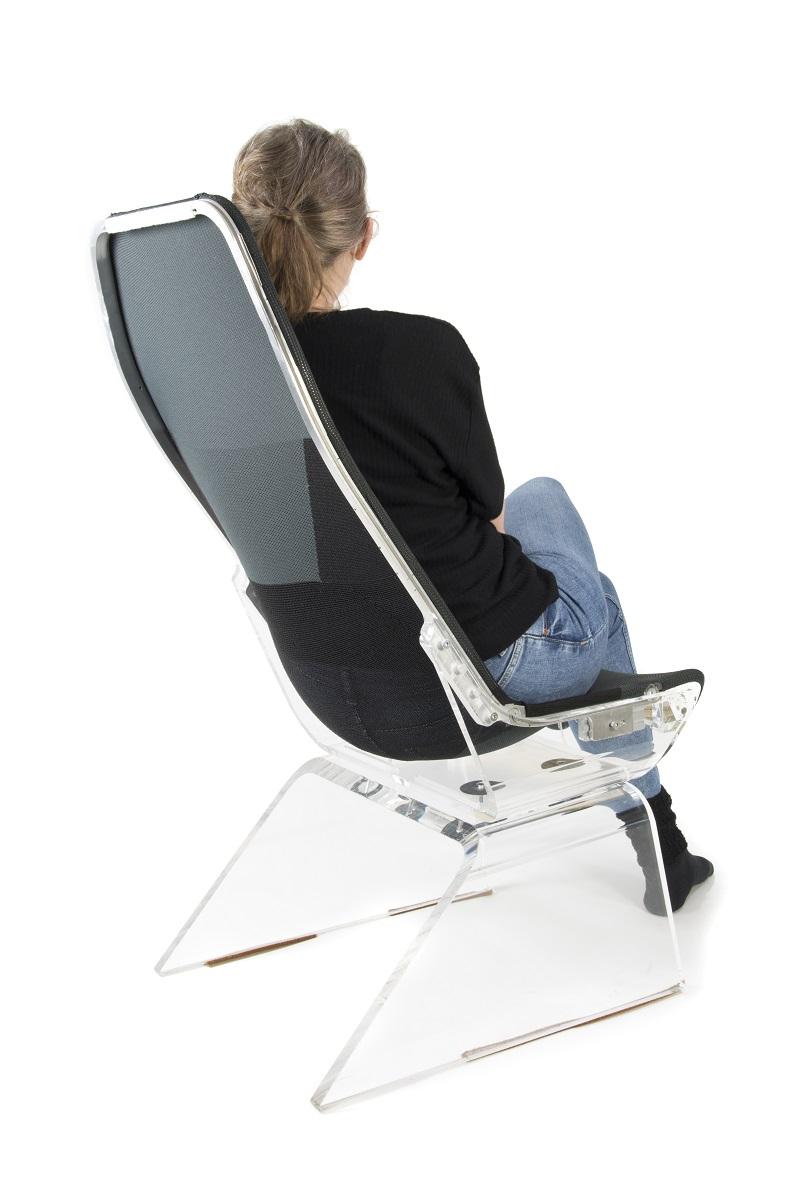

THE BIRTH OF THE PROJECT:
This metaphor of a blank material, that would adapt to any body‘s shape and sitting postion manifested itself with knit into real potential. We started off by testing which knit structures and combinations of elastic and non-elastic fibers would work accordingly with the body. If we could create a custom adaptable surface within the the constraints of a standard chair size, this would be quite interesting for sitting situations that require little space –such as aircraft or drones. Usually comfort ist sacrificed in such situations, but we were looking for a way to solve both. It soon became apparent, that solving a problem within the properties inherent in one material was not only an elegant approach, but had the potential to result in something that was quite a bit lighter than conventional seat constructions. As this is a passion project, it runs parallel to each partner‘s daily business, which has influenced the timeline a bit.
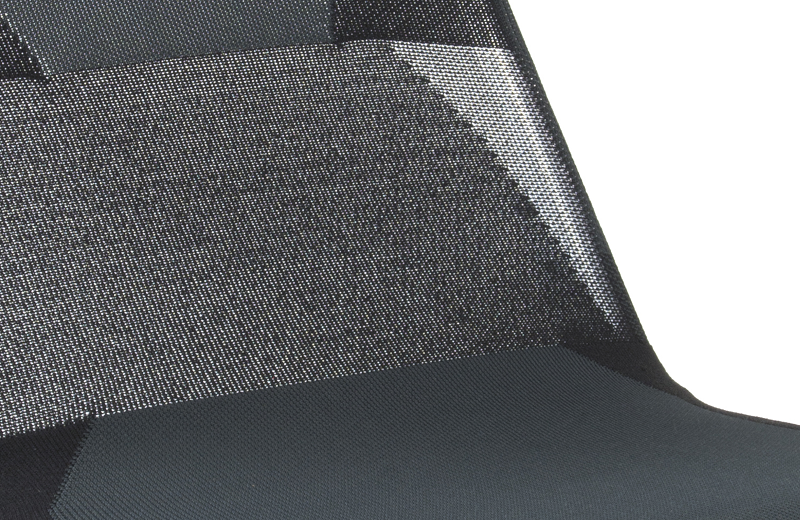
THE CREATIVE PROCESS:
We started off with a frame covered in an even knit structure, and asked many people to „sit“ into it Based on analyzing the way the body shaped the knit, we could estimate a preliminary pattern of zones for the various types of support and flexion required. A preliminary rough mockup in the geometry of a seat was used to test these zones. Drawing the various profiles of test sitting subjects allowed us to empirically fine-tune where what tpye of flexibiltiy was required and where in relationship to the body. A map of knit zones from a tight knit using non-elastic fibers, to zones mixing varying percentages of elastic and non-elastic fibers to zones in a tight knit using only elastic fibers were developed. The main difficulites were in the empricial process – translating that which we could feel ourselves plus the feedback from a wide goup of people into terms of knit structures. Once we „learned the language“ we could fine-tune the process more efficiently. Now we all speak complex knit!

THE COLLABORATION:
The aeras principle could not have been developed any other way. In that it is a material- and technology-based design, an experimental hands-on collaboration between Christine and Franz was essential. Christoph brought in critical considerations from both a potential aviation client‘s point of view and an emphasis on a broad understanding of sustainability. The know-how and experience each partner brought with them enhanced not only the quality of the design, development and fine-tuning process, but enabled us to be professional in every step of the process, an important factor when communicating with potential interested parties or clients.

THE FUTURE:
We believe in a holistic approach to susatainability – including not just the einvronmental impact but also the human one – for our human and nature collective way forward. Specifically in areas such as public transportation. we should be able to solve both human comfort and appropriate impact on the einvironment. With the functional prototype we were able to make, we are in a position to take a step in this direction and launch the prinicple for future aviation or other mobility-related sectors. It is a premise that needs to be physically experienced in order to intuitively understand it‘s promise. The timing of Covid has delayed this initial direct approach, but at the same time sharpened the realiaztion that we have the opporunity to fundamentally question and change existing structures – societal as well as physical sones. We were able to create a short film aimed at potential partners or clients in aviation, that shows and explains the benefits and potential of the aeras principle. As neither in the team are seat manufacturers, our immediate goal ist to find a seat manufacturing partner and/or an interested airline as a launch customer. The next prototype will integrate the aviation specific design proposals developed with a partner based on our initial design concepts. We are definitely looking for a production and sales partner.

THE MESSAGE:
Collaborations allow each of us to surpass our own imaginations and professional know-how and not just (hopefully) realize our dreams but also get a chance to discover their unexpected facets and depths. Collaborations expand while simultaneously sharpen us.
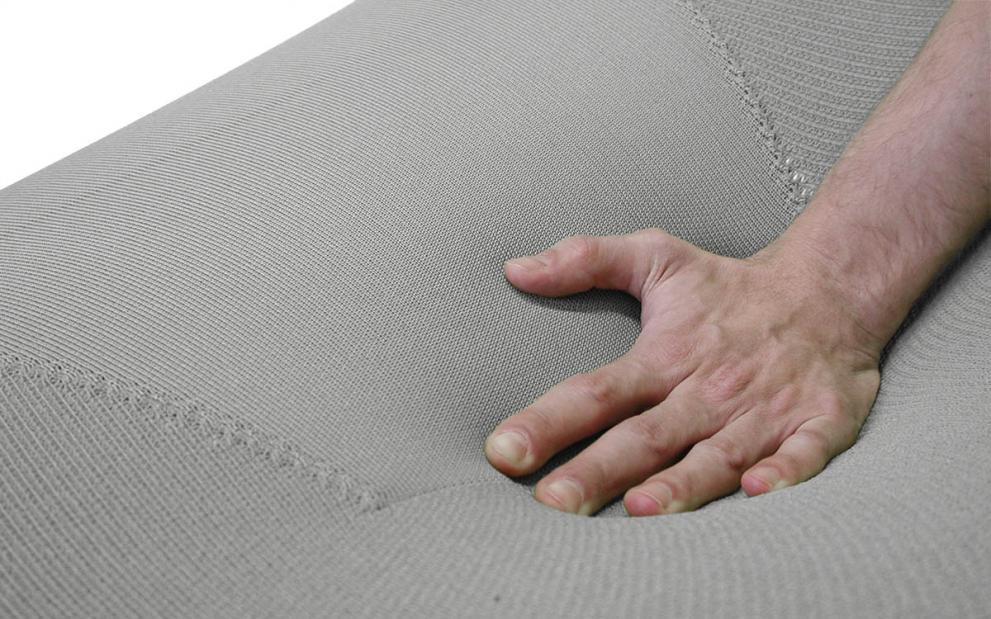
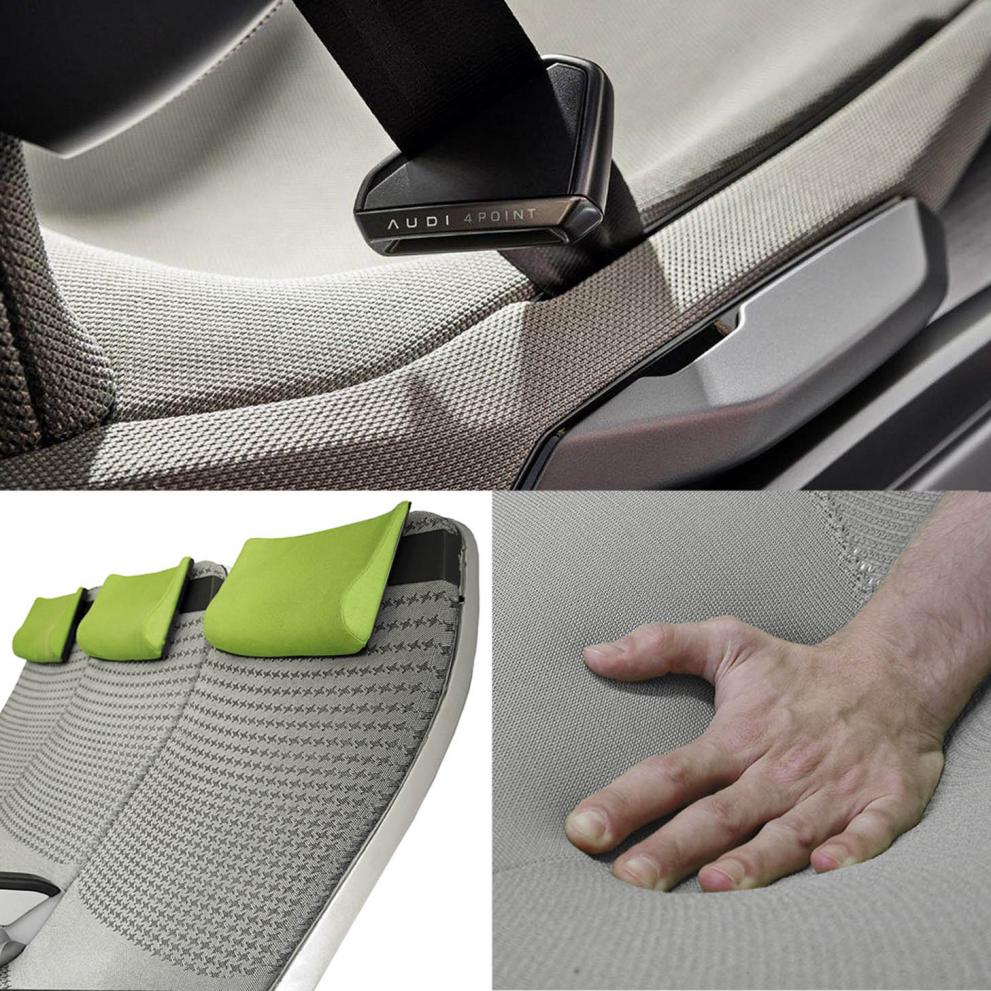
- Project locations
- AustriaGermany
- Projects Edition
- WORTH Partnership Projects I
- Project Call
- 3rd Call Projects
- Project Sector
- Textile - Fashion
- Project Challenge
- High-performance materials
Contact
GREINER AEROSPACE GMBH
Greiner aerospace is a full-service provider for aircraft seating with comfort and style.
Aerospace is part of the 100% family owned company group, which was founded in Germany in 1868 and in Austria in 1899, combining the expertise of a network structure with the flexibility of legally autonomous business entities.
- Name
- GREINER AEROSPACE GMBH
- Postal address
- Austria
- Social media
KOBLEDER GMBH
PROF. CHRISTINE LÜDEKE
Industrial designer with a focus on the aircraft seating industry. In parallel professor at Pforzheim University, Head of Department of the new M.A. Design & Future Making, which explores transformative approaches to design making between traditional and emerging technologies.
- Name
- PROF. CHRISTINE LÜDEKE
- Postal address
- Germany
